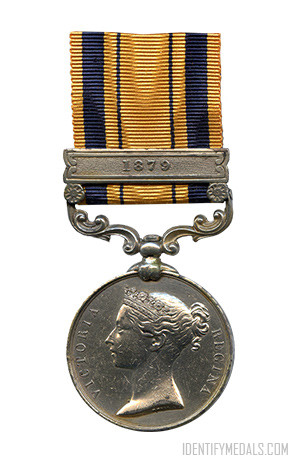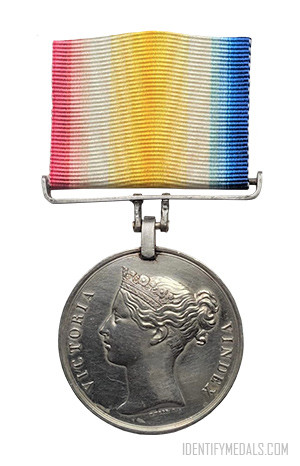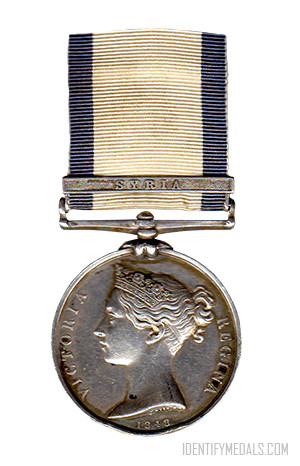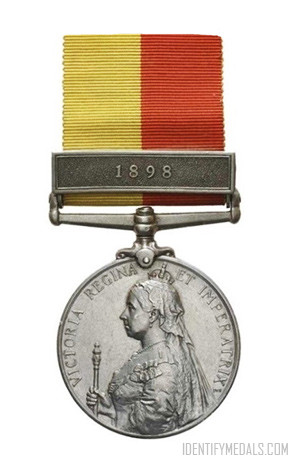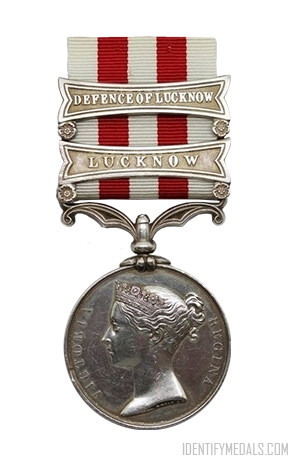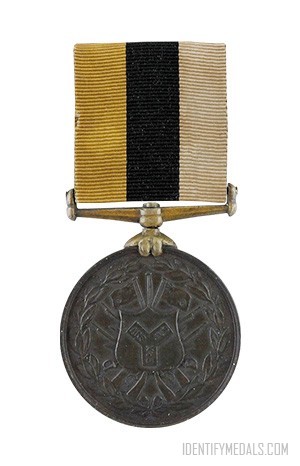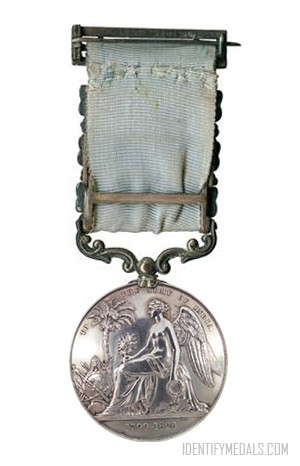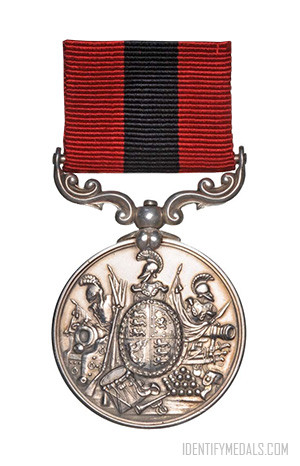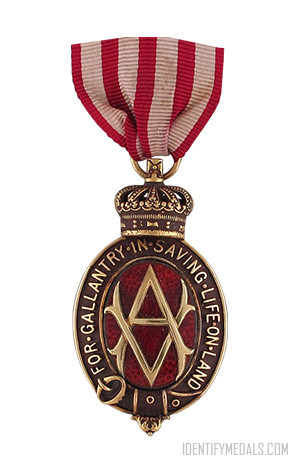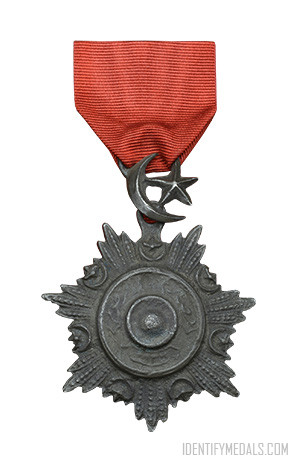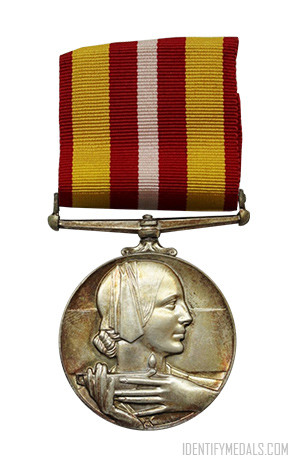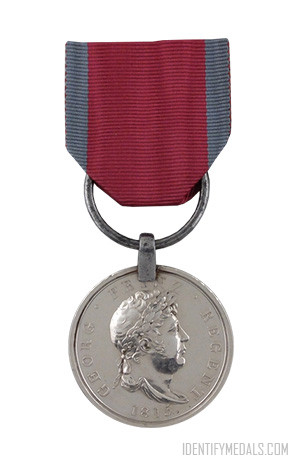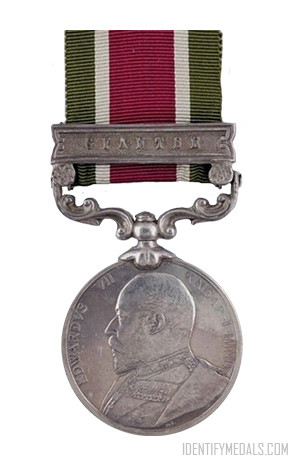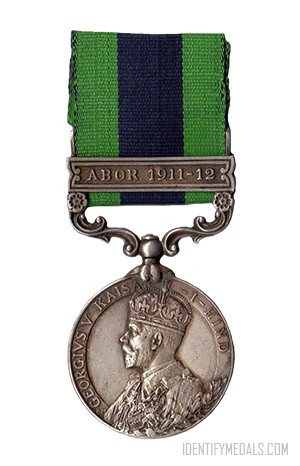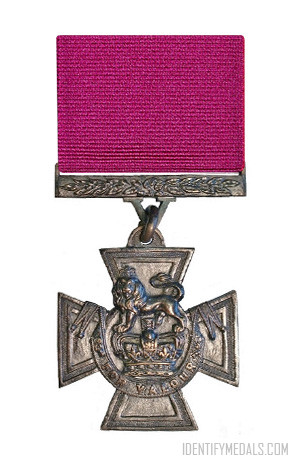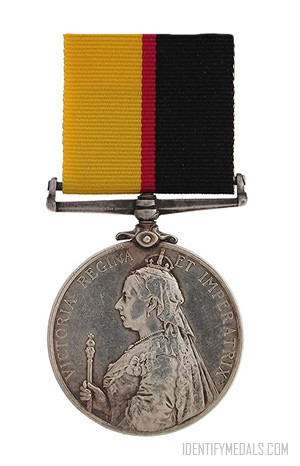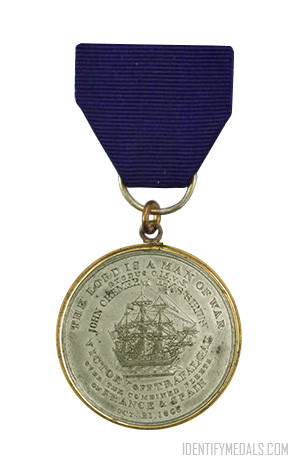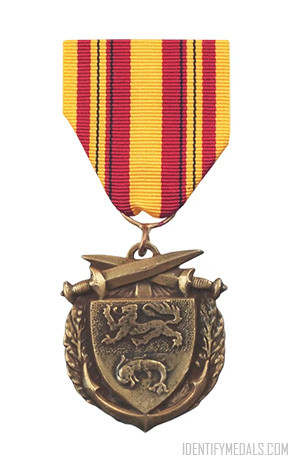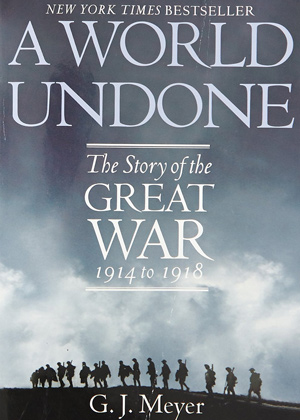- Time Period: Pre-WW1
- Year of Institution: 1 August 1880
- Country: Great Britain
The South Africa Medal (1880), also known as the Zulu War Medal, is a campaign medal instituted by the British Government in 1880 and awarded to members of the British Army, Royal Naval Brigade and Colonial Volunteers who were involved in a series of South African tribal wars in the Cape of Good Hope, Colony of Natal and Transvaal between 1877 and 1879, most notably for the Anglo-Zulu War of 1879.
Between 1877 and 1879 a number of particularly difficult punitive expeditions were mounted by the British against Xhosa, Zulu and Basuto tribes in the eastern area of the Cape of Good Hope and northern Natal (as well as against the Bapedi of Chief Sekhukhune in the northern Transvaal).
The medal could be awarded to all personnel, including British regular forces, Colonial Volunteers and native levies, who had served September 1877 and December 1879. The military operations during this period were a series of separate campaigns against specific tribes and the unrest would eventually culminate in the Anglo-Zulu War in 1879.
Seven clasps were awarded to recipients who had served in a campaign in the year or each of the years as denoted on the clasp:
- “1877” – 153 clasps awarded.
- “1877-8” – 5,822 clasps awarded.
- “1877-8-9” – 3,525 clasps awarded to recipients who had qualifying service in all three years.
- “1877-9” – Eight clasps awarded to recipients who had qualifying service in 1877 and 1879, with no service in 1878.
- “1878” – 2,009 clasps awarded.
- “1878-9” – 1,185 clasps awarded.
- “1879” – 18,332 clasps awarded.
A total of approximately 36,600 medals were awarded.
The South Africa Medal Design
The medal was sanctioned for these campaigns, a new version of the South Africa Medal (1853) with minor alterations to the reverse design. The year “1853” in the older medal’s reverse exergue was replaced by a military trophy consisting of a Zulu ox-hide shield and four crossed assegais.
The medal was struck in silver and circular, measuring 36 millimeters in diameter. It has a swiveling suspender.
- The obverse of the new medal remained identical to that of the earlier medal. It displays the diademed head of Queen Victoria, facing left. The medal is inscribed “VICTORIA” at left and “REGINA” at right around the perimeter.
- The reverse shows a crouching lion on a plinth in front of a protea bush with a single flower. The medal is inscribed “SOUTH AFRICA” around the top perimeter and has a military trophy consisting of a Zulu ox-hide shield and four crossed assegais in the exergue.
The ribbon is similar to that of the South Africa Medal (1853), but with wider blue pinstripe bands. It is 32 millimeters wide, with a 2½ millimeters wide golden yellow band, a 4 millimeters wide blue band, a 3 millimeters wide golden yellow band and a 1 millimeter wide blue band, repeated in reverse order and separated by an 11 millimeters wide golden yellow band.

